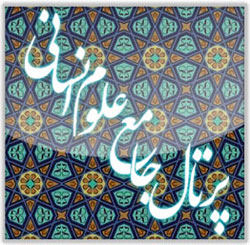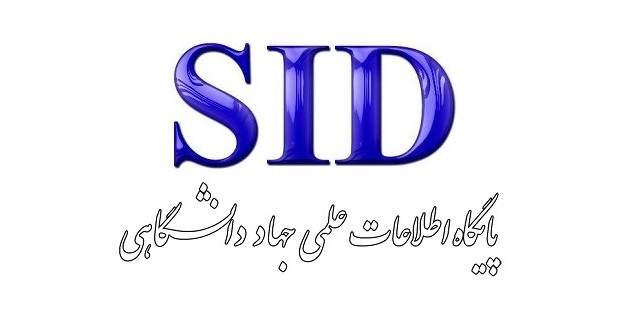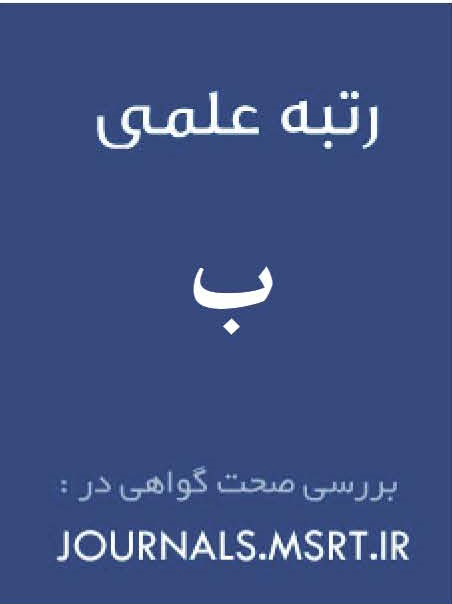Rhetorical Devices in Divine Discourse for Clarifying and Conveying Doctrinal Concepts
Keywords:
Holy Qur'an, allusion, metaphor, rhetorical devices , doctrinal concepts, metonymy, simileAbstract
Simile, metonymy, metaphor, and allusion are important rhetorical tools used in religious texts, especially the Holy Qur'an, to clarify and convey doctrinal concepts. These rhetorical devices assist in presenting complex and abstract doctrinal concepts in a tangible and understandable manner for audiences. Simile, by establishing a similarity between abstract concepts and tangible entities, leads to a better understanding of religious concepts and evokes emotional and motivational impact. Metonymy, through the use of words with implicit meanings, creates vivid imagery and deep meanings for the audience. Metaphor, particularly in expressing spiritual states, divine support, and divine punishment, is used to represent abstract concepts in a more visual and comprehensible form. Allusion also plays an indirect and effective role in conveying doctrinal concepts, such as power and authority, guidance and mission, and divine punishment. In summary, these rhetorical devices contribute to enhancing the audience’s understanding of religious concepts, increasing the impact and reasoning of doctrinal arguments, and creating a spiritual and emotional connection with the audience.
Downloads
References
Abu Zahra, M. (2000). The Great Miracle. Mashhad: Astan Quds Razavi Publishing.
Al-Hashemi, A., & Hassan, E. (1999). Jawahir al-Balagha. Qom: Balaghat PublishingER -.
Al-Sabouni, M. A. (1986). Safwat al-Tafasir. Beirut, Lebanon: Dar al-Qalam Publishing.
Alavi Moghaddam, M. (1984). Jalveh Jamal. Tehran: Quran Foundation.
Baghdadi, I. N. (1995). Al-Juman fi Tashbihat al-QuranAU - Seyyed Ali Mirlouhi. Mashhad: Astan Quds Razavi Publishing.
Darwish, M. a.-D. (1995). I'rab al-Quran al-Karim wa Bayan. Riyadh: Dar al-Yamama.
Eslampanah, M. (1994). Literary Interpretation of the Quran. Tehran: Scientific Publishing Center of Islamic Azad University.
Gharaati, M. (2004). Tafsir Noor. Tehran: Lessons from the Quran Cultural Center Publishing.
Ghorashi, A. A. (1999). Tafsir Ahsan al-Hadith. Tehran: Ba'sat Foundation Publishing.
Haeri Qazvini, S. M. (2001). Al-Itqan fi Ulum al-Quran. Tehran: Amir Kabir Publishing.
Hashemi, A. (2002). Jawahir al-Balagha. Qom: Center for Management of Islamic Seminary.
Makarem Shirazi, N. (2004). Tafsir Nemouneh. Tehran: Dar al-Kutub al-Islamiyyah.
Marashi, S. M. H. (2006). Translation of Speech Patterns in the Quran. Tehran: Negah Publishing.
Modaresi, M. T. (1999). Tafsir Hedayat. Mashhad: Astan Quds Razavi Research Foundation.
Najafi Khomeini, M. J. (2019). Easy Interpretation. Tehran: Islamiyyah Publishing.
Ragheb Esfahani, H. i. M. (1995). Translation of Mufradat fi Gharib al-Quran. Tehran: Mortazavi Publishing.
Razi, S. a.-D. M. i. Q. (1981). Al-Mu'jam fi Ma'abir Ash'ar al-Ajam. Tehran: Zavar Publishing.
Salama, M. A. (2002). Manhaj al-Furqan fi Ulum al-Quran. Cairo: Nahdat Misr Publishing.
Tabarsi, A. A. a.-F. i. H. (2001). Majma' al-Bayan. Tehran: Farahani Publishing.
Tabatabai, S. M. H. (1995). Al-Mizan fi Tafsir al-Quran. Qom: Islamic Publications.
Tayyeb, S. A. (1999). Atiyab al-Bayan fi Tafsir al-Quran. Tehran: Islam Publishing.
Zamakhshari, M. (1987). Tafsir al-Kashaf 'an Haqaiq Ghawamid al-Tanzil. Beirut: Dar al-Kitab al-Arabi.







